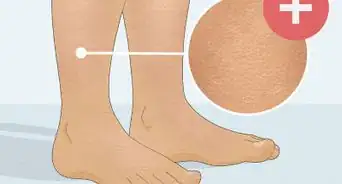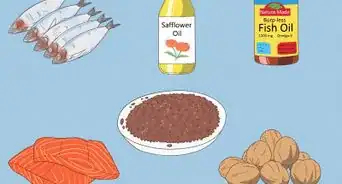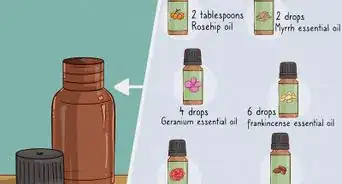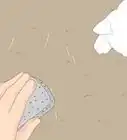This article was co-authored by Mohiba Tareen, MD. Mohiba Tareen is a board certified Dermatologist and the founder of Tareen Dermatology located in Roseville, Maplewood and Faribault, Minnesota. Dr. Tareen completed medical school at the University of Michigan in Ann Arbor, where she was inducted into the prestigious Alpha Omega Alpha honor society. While a dermatology resident at Columbia University in New York City, she won the Conrad Stritzler award of the New York Dermatologic Society and was published in The New England Journal of Medicine. Dr. Tareen then completed a procedural fellowship which focused on dermatologic surgery, laser, and cosmetic dermatology.
There are 9 references cited in this article, which can be found at the bottom of the page.
This article has been viewed 30,505 times.
Dry, cracked knuckles are a very common problem, especially in the winter when it's cold. Many people are experiencing it worse than usual because they're washing their hands a lot during the COVID-19 pandemic. This is a harmless but annoying and uncomfortable issue. Once your knuckles start drying out, it can be tough to get them back to normal. Don’t panic! Fixing the problem is easier than you think. With some careful moisturizing and skin care tricks, your skin should be feeling and looking better in no time.
Things You Should Know
- Try massaging an unscented moisturizer on your knuckles, sleeping with a moisturizer and gloves, and running a humidifier.
- In addition to using moisturizing sanitizers and unscented soaps, focus on protecting your hands while you're in the cold, in a hot shower, or washing the dishes.
- If your dry knuckles are itchy and painful, use cold compresses, apply hydrocortisone cream, or talk to your doctor about other options.
Steps
Moisturizing
-
1Get an unscented cream or ointment to moisturize your knuckles. The simplest way to treat dry knuckles is with a good moisturizer. Get a fragrance-free type, since fragrances can dry out your skin more. Ointments and creams are better than lotion because they’re thicker and lock in more moisture.[1] Pick up one of these products from any pharmacy.
- Particularly good moisturizer brands include Eucerin and Cetaphil.
- You could also use oils like baby oil. These tend to stay on your skin longer and lock in more moisture than creams. Petroleum jelly works as a good moisturizer, but you might find this a little too greasy or slippery.[2]
- Even something as simple as coconut oil can help restore moisture to your skin.[3]
-
2Massage the moisturizer into the skin around your knuckles. Letting the moisturizer sit on the surface of your skin isn’t quite enough to treat very dry skin. Instead, massage it into your skin every time you use it so it really soaks in.[4]
- Remember to get between your fingers as well. If you have dry knuckles, then the skin between your fingers is probably dry too.
- You can use the moisturizer as often as you need throughout the day to heal cracks and dryness.[5]
Advertisement -
3Apply moisturizer right after bathing or washing your hands. Water is particularly dehydrating and strips away oils from your skin. Any time you wash your hands, bathe, or take a shower, apply moisturizer within 3 minutes. This locks in moisture before it evaporates and prevents your hands from drying out.[6]
- Try to get a small travel-size moisturizer so you can have it with you when you wash your hands away from home.
- Moisturizing your skin will help keep protect the barrier that protects you from inflammation, irritation, and allergens.[7]
-
4Sleep with moisturizer on to hydrate your skin overnight. If your knuckles are very dry and cracked, then you might need a bit more than occasional moisturizing. Right before bed, rub a thick layer of moisturizer onto your hands, especially the dry spots. Then put on a pair of cotton gloves so the moisturizer doesn’t rub off overnight. This way, the moisturizer can soak in all night.[8]
- This is a good way to use petroleum jelly, since it can be a little too greasy to use during the day.[9]
-
5Run a humidifier in your home to hydrate your skin. Dry air could also be causing your dry skin, especially during the winter when you have the heat on. Try running a humidifier in your home to moisten the air and prevent your skin from drying out more.[10]
- Open up your humidifier regularly to check if the filter is dirty. If it is, clean it by rinsing it with water and letting it dry.
Protecting Your Skin
-
1Wash your hands with mild, fragrance-free soap. Fragrances and scents are irritating and could dry your skin out more. Choose only mild, fragrance-free soaps designed for sensitive skin to protect your hands from further damage.[11]
- Dial, Cetaphil, Toms, and Dove all make soaps designed for sensitive skin. Try seeing what these brands have to offer if you don't know where to start.
- Usually soaps labeled “hypoallergenic” are free of any ingredients that could irritate or dry your skin.
- Also avoid piling on so much soap that your hands are covered in a thick lather. This strips away natural oils. Hot water is irritating as well, so keep it warm instead.
-
2Apply moisturizing hand sanitizer to combat dryness. Alcohol-based hand sanitizers are irritating and strip away oils from your skin. If you regularly use hand sanitizer, get a moisturizing type instead. These are less harsh on your hands and can prevent dryness.[12]
- Purell makes a hand sanitizer with aloe vera and vitamin E for moisturizer.
- The drawback is that moisturizing hand sanitizer isn’t as effective in killing viruses, so keep that in mind if you use it.
-
3Wear gloves while you’re outside in the cold. Cold, windy weather is one of the main causes of dry knuckles. If you’re going outside in cold weather, protect your hands with gloves. This can treat dry skin or prevent it altogether.[13]
-
4Protect your hands with rubber gloves while cleaning. If you’re doing the dishes or cleaning around your home, the soap and water can dry out your skin quickly. Wear rubber cleaning gloves to protect your hands until you’re done.[16]
- It’s also a good idea to moisturize after cleaning or washing dishes to prevent more dryness.
-
5Limit your bath or shower time to 10 minutes. Hot water and soap strip oils from your skin, especially if you’re in for a long time. Keep your showers and baths short and get out after 10 minutes to prevent more dryness.[17]
- Try to bathe only once a day to avoid more dryness.
- It’s also helpful to keep the water warm instead of hot, since hot water is irritating.
- Remember to moisturize after bathing, no matter how long it was!
Treating Discomfort
-
1Hold a cold compress on your skin if it itches. Dry skin could be itchy or uncomfortable. If your knuckles are bothering you, then soothe the area with a cold pack.[18] Wrap the compress in a towel and hold it against the itchy area for 10-15 minutes at a time.
- You could also use a bag of frozen vegetables as a makeshift cold compress.
- Never put a cold pack directly onto your skin without a towel or rag around it. This could damage your skin.
-
2Try hydrocortisone cream if the itching doesn’t stop. Hydrocortisone fights inflammation, so it might do the trick if you still feel itchy. Get a cream with 1% hydrocortisone and apply it to the itchy areas to see if that helps. Hydrocortisone cream is available without a prescription from any pharmacy.[19]
- Always read the instructions on the cream you use and don’t use it more than you’re supposed to. If you have any questions, ask the pharmacist on duty.
-
3See your doctor if your skin doesn’t get better. If you’ve been treating your skin at home and it hasn’t gotten any better, then you might need a different treatment. Make an appointment with your doctor or dermatologist to get the problem checked out. The doctor can then advise you on the best next steps to take.[20]
- In rarer cases, dry knuckles can be from eczema or dermatitis. If your hands are also red, itchy, blistered, or painful, then see a dermatologist for an exam.[21]
-
4Apply prescription-strength cream to reduce inflammation if directed by your doctor. When you see a dermatologist, they'll probably prescribe you a strong cream or ointment to heal your skin. Follow your doctor's instructions to apply the cream correctly. This should help moisturize your skin.[22]
- Stronger hydrocortisone cream is a common treatment for dry and irritated skin. This is probably what your dermatologist will prescribe.
Expert Q&A
-
QuestionWhat moisturizer should I use?
 Mohiba Tareen, MDMohiba Tareen is a board certified Dermatologist and the founder of Tareen Dermatology located in Roseville, Maplewood and Faribault, Minnesota. Dr. Tareen completed medical school at the University of Michigan in Ann Arbor, where she was inducted into the prestigious Alpha Omega Alpha honor society. While a dermatology resident at Columbia University in New York City, she won the Conrad Stritzler award of the New York Dermatologic Society and was published in The New England Journal of Medicine. Dr. Tareen then completed a procedural fellowship which focused on dermatologic surgery, laser, and cosmetic dermatology.
Mohiba Tareen, MDMohiba Tareen is a board certified Dermatologist and the founder of Tareen Dermatology located in Roseville, Maplewood and Faribault, Minnesota. Dr. Tareen completed medical school at the University of Michigan in Ann Arbor, where she was inducted into the prestigious Alpha Omega Alpha honor society. While a dermatology resident at Columbia University in New York City, she won the Conrad Stritzler award of the New York Dermatologic Society and was published in The New England Journal of Medicine. Dr. Tareen then completed a procedural fellowship which focused on dermatologic surgery, laser, and cosmetic dermatology.
FAAD Board Certified Dermatologist Right after you bathe, moisturize with a cream-based moisturizer. Opt for something cream-based that comes in a jar—a moisturizer that comes in a pump bottle will have more water in it.
Right after you bathe, moisturize with a cream-based moisturizer. Opt for something cream-based that comes in a jar—a moisturizer that comes in a pump bottle will have more water in it.
References
- ↑ https://www.uclahealth.org/covid-19-how-to-care-for-dry-hands-after-washing-them-so-much
- ↑ https://www.mayoclinic.org/diseases-conditions/dry-skin/diagnosis-treatment/drc-20353891
- ↑ Mohiba Tareen, MD. FAAD Board Certified Dermatologist. Expert Interview. 26 March 2020.
- ↑ https://www.health.harvard.edu/diseases-and-conditions/is-that-dry-skin-really-something-more-serious
- ↑ https://www.mayoclinic.org/diseases-conditions/dry-skin/diagnosis-treatment/drc-20353891
- ↑ https://uihc.org/health-topics/winter-dry-skin
- ↑ Mohiba Tareen, MD. FAAD Board Certified Dermatologist. Expert Interview. 26 March 2020.
- ↑ https://www.uclahealth.org/covid-19-how-to-care-for-dry-hands-after-washing-them-so-much
- ↑ https://www.mayoclinic.org/diseases-conditions/dry-skin/diagnosis-treatment/drc-20353891
- ↑ https://www.mayoclinic.org/diseases-conditions/dry-skin/diagnosis-treatment/drc-20353891
- ↑ https://www.uclahealth.org/covid-19-how-to-care-for-dry-hands-after-washing-them-so-much
- ↑ https://www.uclahealth.org/covid-19-how-to-care-for-dry-hands-after-washing-them-so-much
- ↑ https://www.seattlechildrens.org/conditions/a-z/cracked-or-dry-skin/
- ↑ https://www.mayoclinic.org/diseases-conditions/dry-skin/diagnosis-treatment/drc-20353891
- ↑ Mohiba Tareen, MD. FAAD Board Certified Dermatologist. Expert Interview. 26 March 2020.
- ↑ https://www.mayoclinic.org/diseases-conditions/dry-skin/symptoms-causes/syc-20353885
- ↑ https://uihc.org/health-topics/winter-dry-skin
- ↑ https://www.mayoclinic.org/diseases-conditions/dry-skin/diagnosis-treatment/drc-20353891
- ↑ https://www.mayoclinic.org/diseases-conditions/dry-skin/diagnosis-treatment/drc-20353891
- ↑ https://www.mayoclinic.org/diseases-conditions/dry-skin/symptoms-causes/syc-20353885
- ↑ https://www.aad.org/public/diseases/eczema/types/hand-eczema
- ↑ https://www.aad.org/public/everyday-care/skin-care-basics/dry/dermatologists-tips-relieve-dry-skin


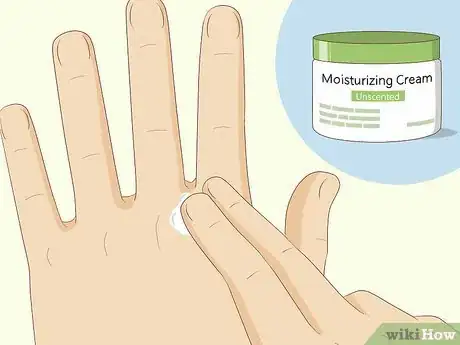
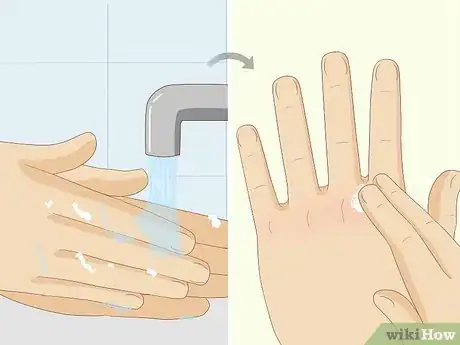
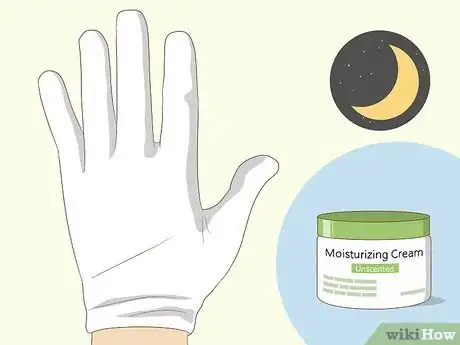
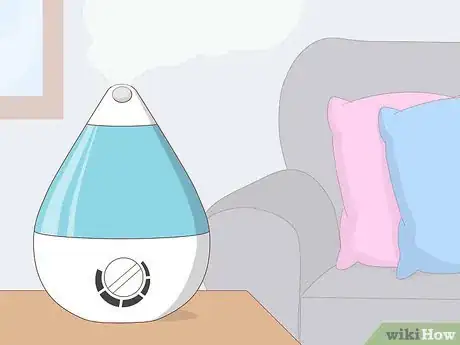

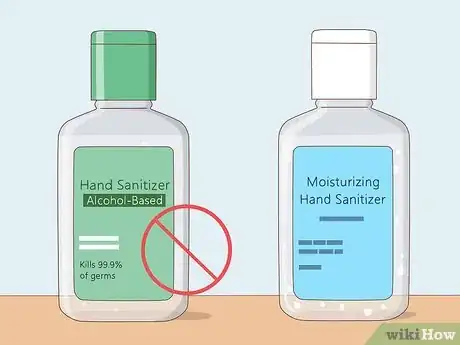

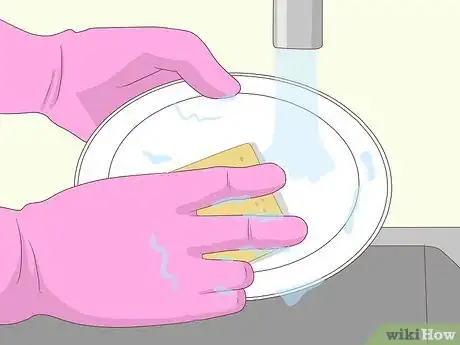
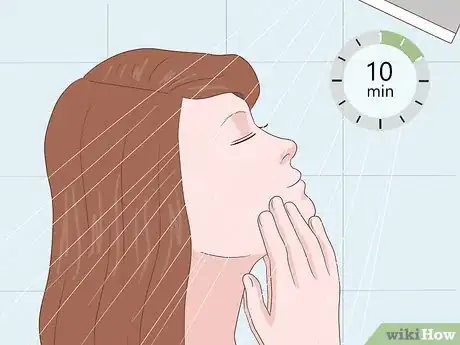
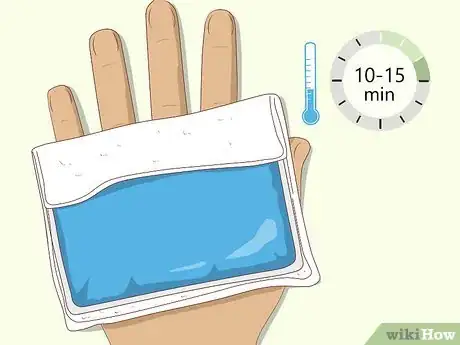
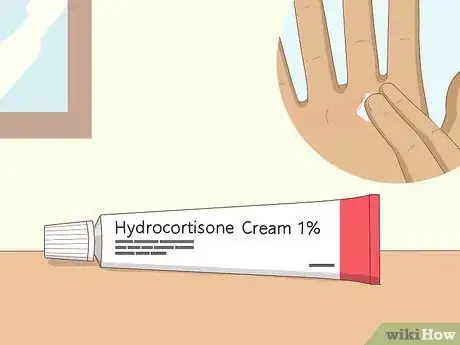
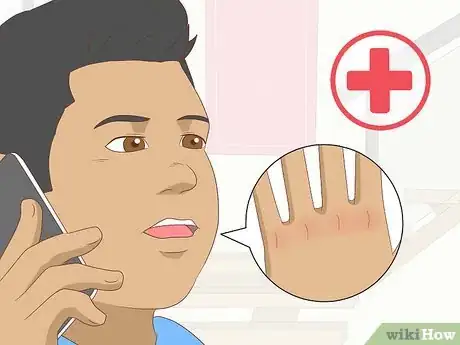
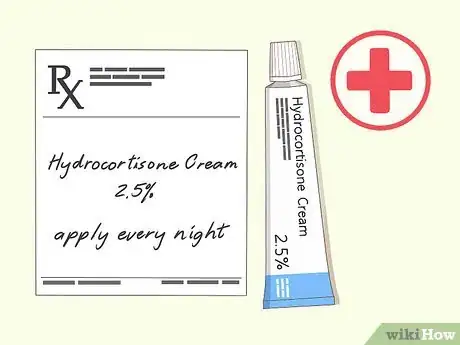


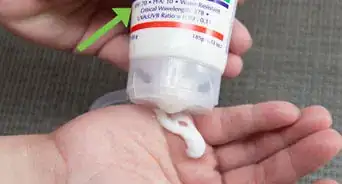
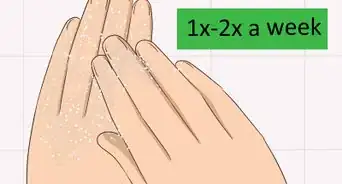

-Step-8-Version-3.webp)
